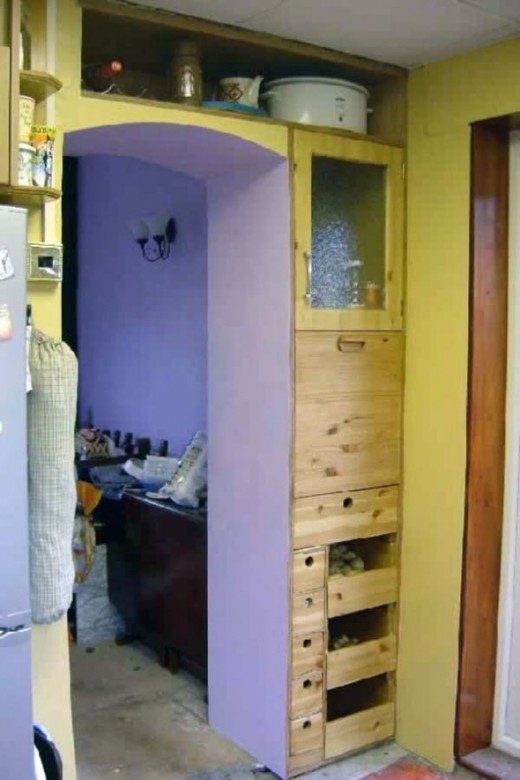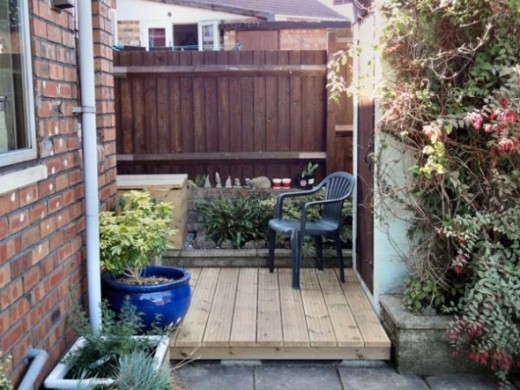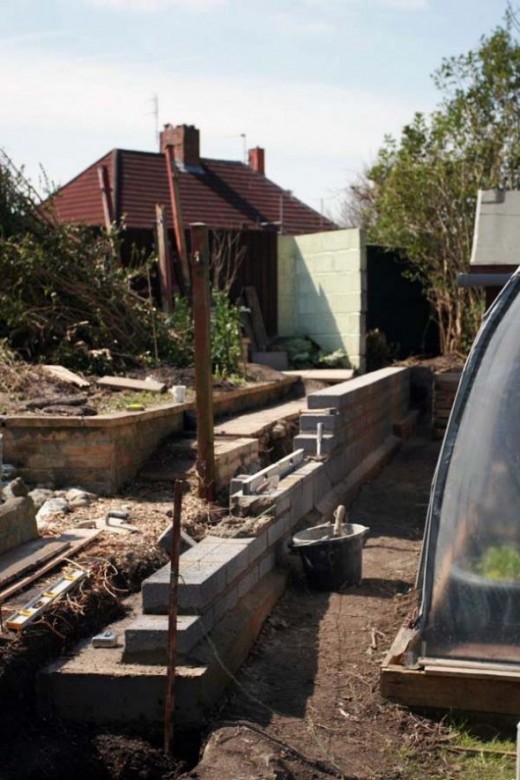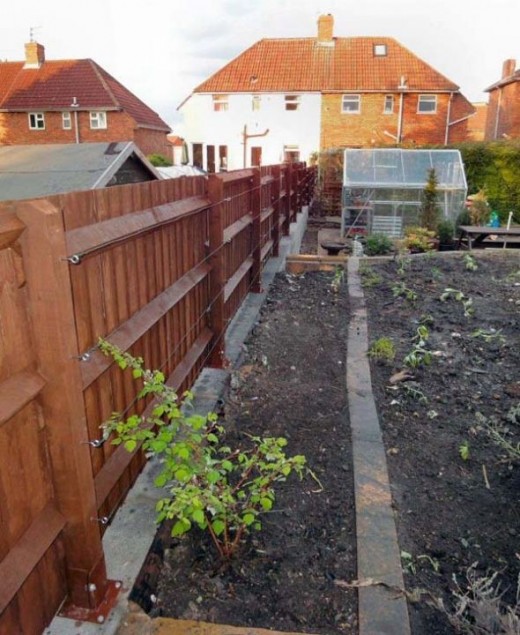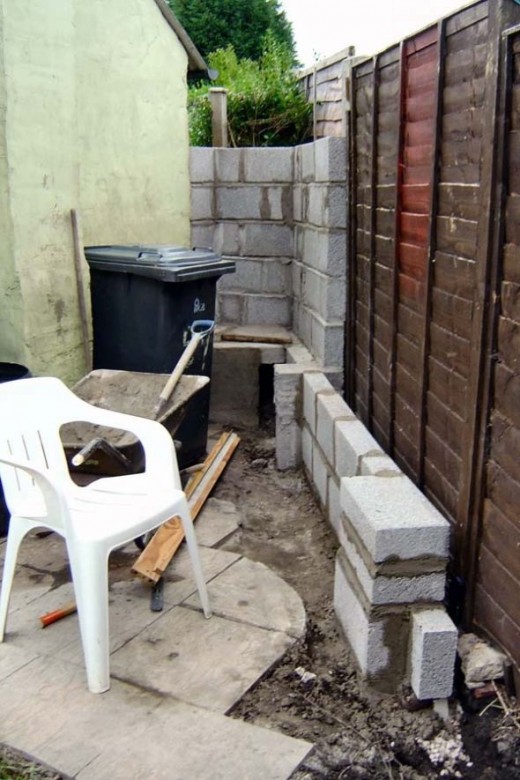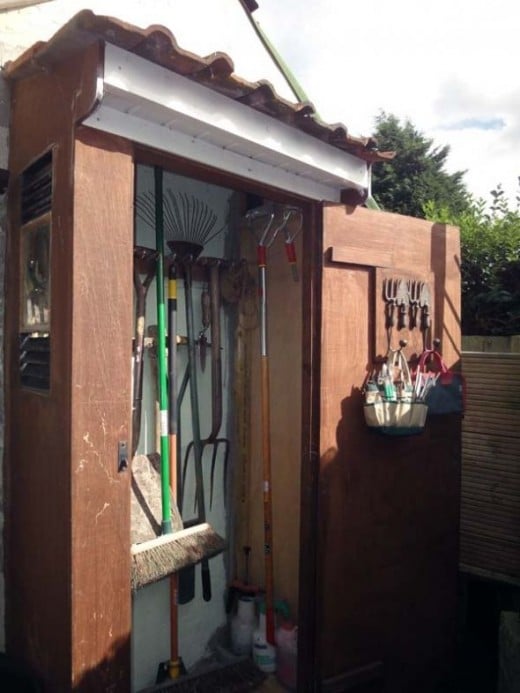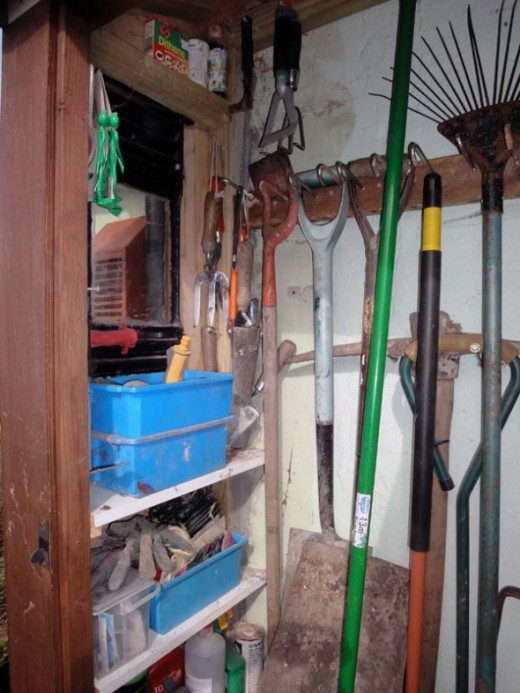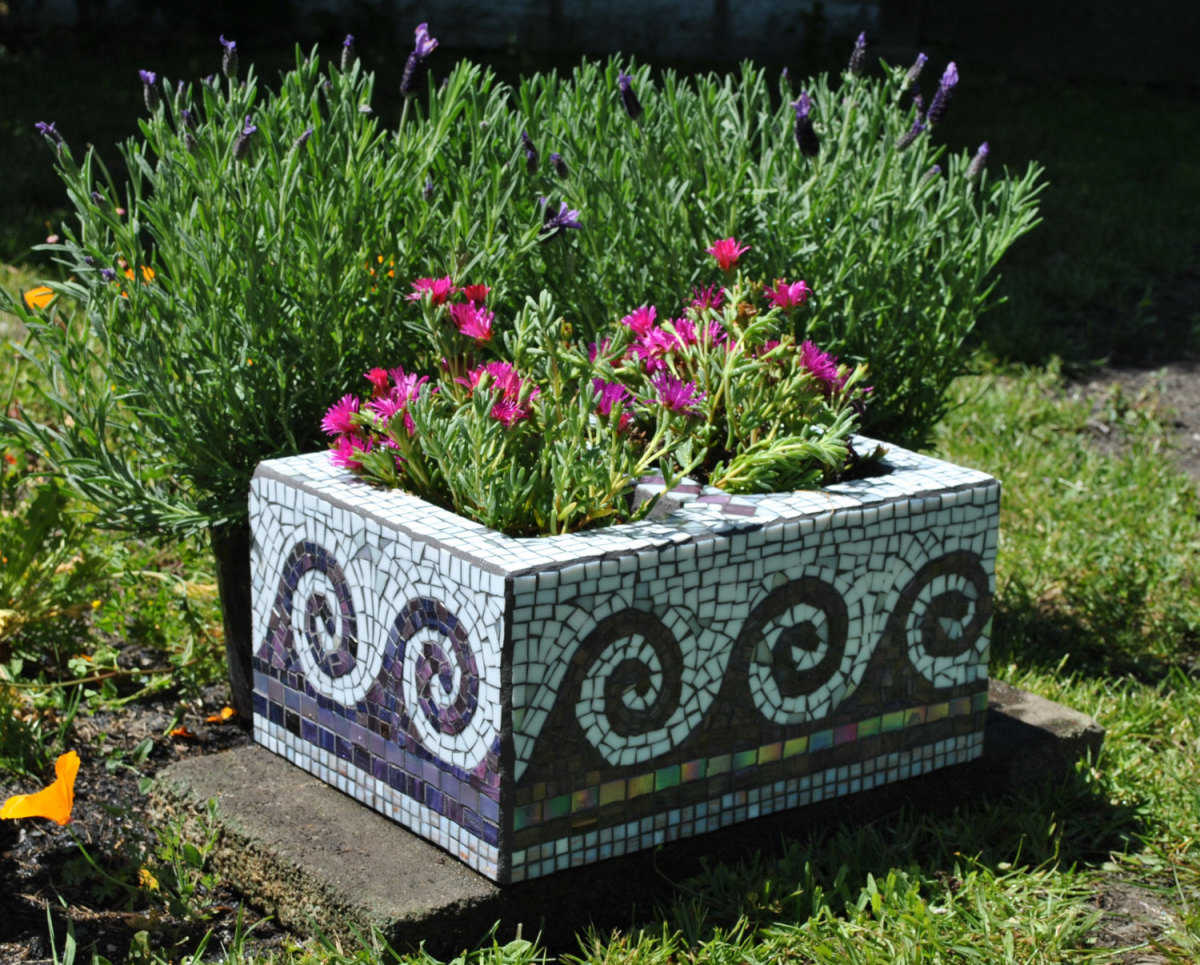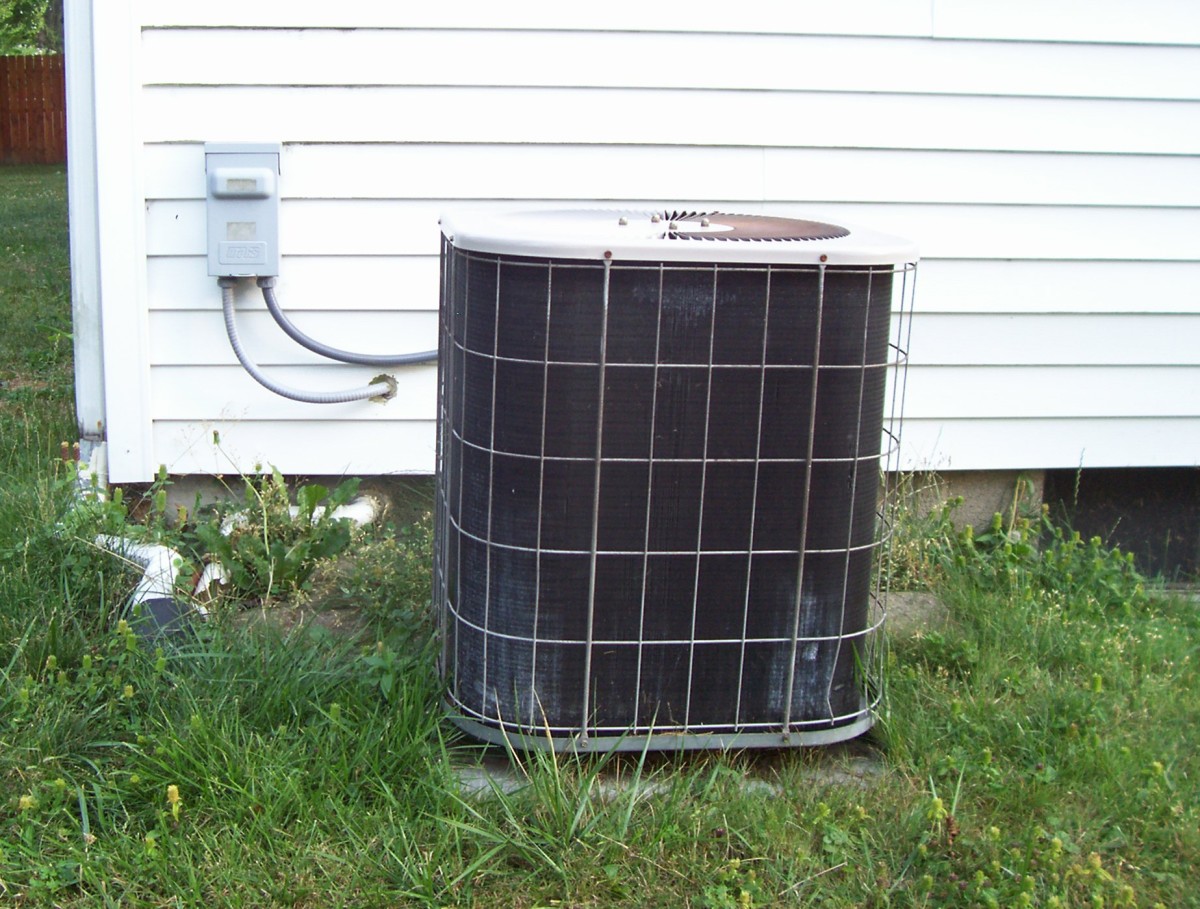3 Easy Steps to Project Manage Your DIY Projects
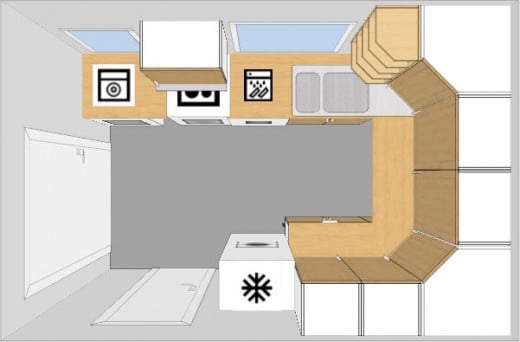
Home Designer Software
Programs to Assist with Home Remodelling
Software to aid you with your home DIY projects and by doing so help save you money and time and if properly applied maintain a high quality of build.
Home Designer Suite
Tips to Successfully Project Manage Your Home DIY and Garden Projects
To successfully complete home and garden projects e.g. DIY, Gardening, Cookery, you’ll find using the three main aims of Project Management at a basic level can be a very effective tool:-
- Cost
- Quality, and
- Time
If you don’t know Project Management then you're not going to become an expert overnight.
However, understanding a few basics can give you a useful skill set that you can apply to organising countless mini-projects around your home and garden such as renovating your kitchen, planning the week’s menu, organising a house or garden party or building a wildlife pond etc. In this article I hope to pass on some tips from my own knowledge and experience that may help to bring you a step closer to completing simple tasks in a more controlled and organised way such that they are completed to your satisfaction on time and within your set budget.
The most important stage in better guaranteeing a successful outcome to any task in the home or garden, including remodelling your home, growing vegetables or arranging the week's menu for your family, is your initial Research and Planning, and Risk Assessment.
Risk Assessment
Risk Assessment may include questions such as:-
- Will my wife like my choice of colour, when I redecorate the living room, or
- Do the rest of the family also like onions, when preparing an evening meal.
They might seem simple questions, but they can so be easily overlooked; and getting these things wrong, or not spending enough time thinking about it, could cause your efforts to be less successful due to:-
- Lack of funds where your wife didn't like the colour you bought so you had to go out and buy more paint,
- Not enough time because you didn't make any provision for bad weather at the start of the growing season and it's too late to re-sow more plants, or
- Poor quality of your goods and services because you didn't ask what people wanted for breakfast and in desperation just dumped cereals on the dining room table with the milk.
Get the initial planning right and closely monitor progress throughout the whole task and your expectations are more likely to be met within the time you expect and hopefully for the costs you envisaged.
Home Designer Essentials
Basic Principals of Project Planning
And How to Apply Them in the Home
In the use of Business it's a complex subject that requires a lot of training and examinations to become qualified. And I've known people who have covered the main principles of it as part of their college or university degree and think they understand what it is but then can't adapt it to the home environment.
However, grasping in your mind the essence of what's at the core of this comprehensive subject and applying it in the home can make life a lot easier; and this is what I am to help you to do, or at least think about, with the aid of a few useful tips in this educational article e.g. the three basics that will affect your level of success in completion of your Home Task are:
1. Time
2. Quality
3. Cost
And the main barrier which could lead to failure is RISK.
Each of these are explained in more detail below but first I'd like to give a simple scenario of where, using these simple principles, you could easily improve the preparation and serving of the week's menu for the whole family.
COSTS
To determine likely cost do your research e.g. price up the cost of all the material you are likely to need such as nails, wood, tiles, bricks and mortar etc., and any accessories like screws, glue, paint and any tools you may need to buy or hire. In other words make a comprehensive list of everything you are likely to buy, including quantities, delivery times and delivery costs, and price it all up e.g. go window shopping, and get quotes and estimates. Also, where work must be done by qualified professionals get full free quotes well in advance with likely start dates and estimated completion dates.
Then add some Tolerance into the costs e.g. add a little more onto the costs in the event of price changes, increased labour costs etc., also set aside additional funds in your budget for Contingency to mitigate against any risks that could have an impact on costs e.g. the price of wood increases or a particular product becomes unavailable (out of stock, end of line etc.) and the alternative costs more, or due to a last minute change in your plan you need more wood or cement than you originally calculated.
QUALITY
Quality will determine cost, and may have an impact on time, so when doing your initial research e.g. window shopping and getting quotes for work to be carried out also evaluate the quality of goods and services. For example if you're on a tight budget you may decide to buy untreated wood that rots within a few years or you may decide to buy treated wood and save money by laying cheaper patio slabs or spend less on decorating etc.
TIME
When doing your initial research also gather information on the delivery times for any ordered goods, when building works should start and finish for jobs that are required to be done by professionals e.g. plumbers and electricians, and where planning permission is required how long that may take etc.
RISKS
There are always risks e.g. an elderly or sick relative may need looking after; delivery of goods might be delayed, builders might start late or take longer than expected, or goods might not be of the expected quality. Therefore make a list off all the probable risks that you can think of and mitigate for them; guess their probability and likely impact in the event of them happening e.g. allow extra time to do a job, add some contingency to your budget, enlist the help of a friend if needed etc.
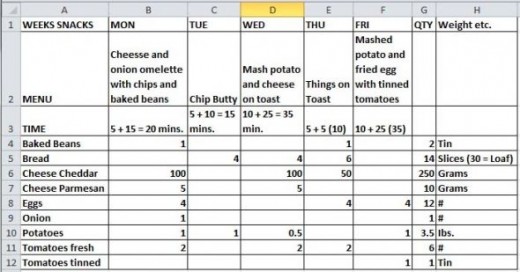
A Working Example
A Weeks Menu for the Family
So you want to provide nutritious and appetizing meals for the week as cheaply as possible for the whole family without spending hours slaving over a hot stove.
You could do it piecemeal where every afternoon you rummage through your cupboards and make do with what you have or nip to the corner shop and pay premium prices for something special.
Alternatively you could sit down at your computer for an hour draw up a detailed menu plan; then afterwards spend ten minutes stock taking your kitchen food cupboards and freezer to see what your lacking and ensure it's added to the weekly shopping were you might be able to get some of your ingredients at bargain prices from your supermarket.
The way this might work, although you may wish to adapt the idea, would be to set up a spread sheet in Excel, you would save the first one (with no stored data) as your template for future weeks. Your spread sheet would be layout and used as follows:-
- The days of the week across the top e.g. Monday, Tuesday etc.
- The Meal Title and description in the next row e.g. cheese and onion omelette with chips (French Fries) and Baked Beans.
- Preparation and Cooking Time with total time in brackets in the next row down e.g. 5 min. 15 min. (20 min.)
- All the ingredients in the far left column, sorted alphabetically with an indication of their weight or measure in the far right column e.g. Baked Beans, Cheese Cheddar, Cheese Parmesan, Eggs, Onion, Potatoes.
- QTY indicator in the last but one column on the far right with auto sum set to add up across the row the quantity of each ingredient required for the whole week.
- Insert your desired evening meal for each day, consult with your family for any preferences and whether any of them will be out during the week to reduce the risk of cooking food people don't fancy that week or which will be get wasted because someone is out one night.
- Insert the preparation and cooking times with total time in the next row below; allow extra time for unforeseen circumstances e.g. the cat throwing up all over the carpet when you're in the middle of preparation to reduce the risk of the meal being served late. And the other advantage that you can see at a glance where for meals that don't take so long to prepare you have a window of opportunity to squeeze in anther task that you wouldn't normally have time for e.g. planned multitasking.
- Add the quantity of each required ingredient as a number in the appropriate rows below so they auto sum in the far right column. You can use this information to cross check with what stock you have in your kitchen. The advantages of this being that you don't overstock on food not required which will save money on the weekly shop, it reduces the risk of buying fresh food unnecessary which would otherwise go off and be wasted, which also saves you money; and it gives you an opportunity to shop around in advance to get the best bargains, saving you both money and time as it'll reduce the risk of you having to waste time nipping to your local store paying premium prices.
- The other advantage of planning your meals in this way is that at a glance from looking at the spread sheet you can see how much mashed potato or hard boiled eggs you'll require for the week. So the first time when you cook either that week you'll be able to cook enough for the rest of the week in one go and put the rest in the fridge until required. This will save on your electricity or gas bill for cooking and also save you some preparation time.
- Then monitor and feedback your progress, successes and failures during the week as lessons learned which next week you can feed into your new weekly menu project to improve and enhance it.

Your Project Plan
Planning for Success
After completing your research then by applying Project Planning, in its simplest form, pull together all the information you've gathered (as described above):-
- Allow additional time for each task (all jobs take much longer than you think),
- Add additional costs for tolerance (things always work out more expensive than you think) and
- Plan your contingencies to mitigate against risks e.g. put aside additional funds and time to cover for any risks that may occur during your Project.
Once the project has started monitor its progresses regularly amending the plan as appropriate; MS Project is ideal for this but for most of us who don't have this software then a simple spreadsheet or a program like Excel can be effective e.g. it can be used to list the start date and duration of each task to help you plan each phase to ensure tasks are done in a logical order and that any task dependant on the completion of other tasks aren't started too soon e.g. you can't fit decking until the base frame is laid and you can't lay the base frame until the ground is prepared and supports for the frame is put in place, and you can't install the frame supports until you have the materials (wood or brick) to make them is delivered etc.

Are You Safe and Legal
Check Any Mandatory Requirements and Limitations Before You Start
Check with your local authority for any planning permission you may need, can include garden fences and walls if for example they are over 1m in the front of the property or above 2m in your back garden. Planning Consent may also be required if your project affects the street scene or affects the privacy of your neighbours or a structure blocks their natural light or view etc. Also check whether any part of your project needs to meet building regulations, and if so what you are required to do to comply with them. This may include 'structural work', electrical work, gas fittings etc; electrical work and gas fittings. In England gas and electrics should only be fitted by professionally qualified persons suitably registered for their trade e.g. gas fittings by CORGI registered gas engineers.
Also consider your health and safety and the health and safety of others. For example, is the new works secure, is it strictly sound; if in doubt, over engineer e.g. add more supports, use thicker wood etc. Do you intend using a ladder when scaffolding would be safer? Don't try to do more than you can handle and lift things properly so that you don't pull your back. There's plenty to think about, plenty to consider, even before you start a project.
Some of My DIY Projects Successfully Completed Using These Simple Project Management Principles
Click thumbnail to view full-size









Showcase of What I Achieved Using These Principles
Applying These Techniques to Remodelling Shelves
Below is a video I made as a step by step guide on DIY 'How to' remodel wooden shelves and hew wood to match original shelf units and cupboard. This DIY Project was accomplished using the simple project planning guide lines discussed in this article.
Do You Plan Your Home and Garden DIY Projects?
I wonder how many of us properly plan our DIY with 'pen and paper’, or do it on the computer these days, before we get out the hammer and drill away.
Do you Plan and Cost Your DIY before you Start
This content is accurate and true to the best of the author’s knowledge and is not meant to substitute for formal and individualized advice from a qualified professional.
© 2011 Arthur Russ


![Home Designer Essentials 2018 - PC Download [Download]](https://m.media-amazon.com/images/I/B1-QJQoteAS._SL160_.jpg)


